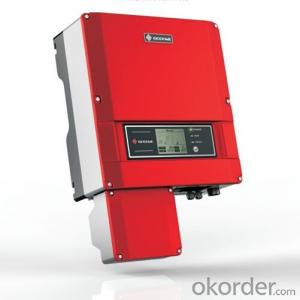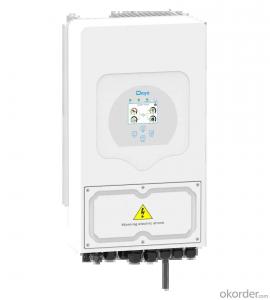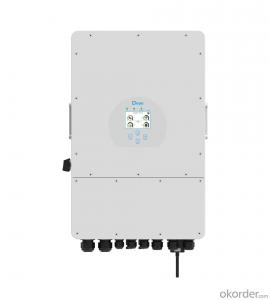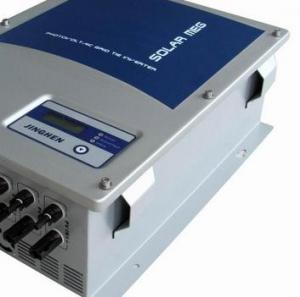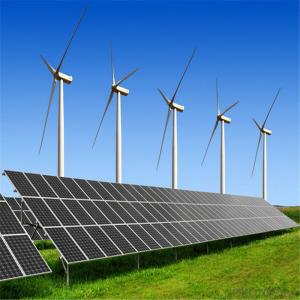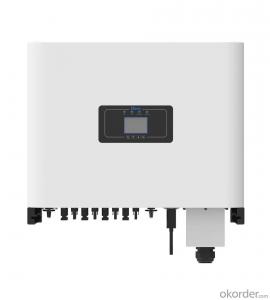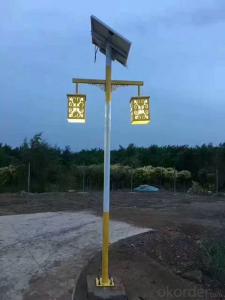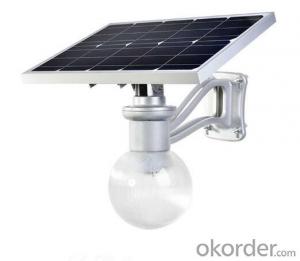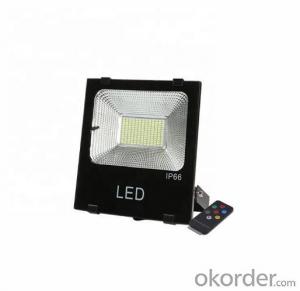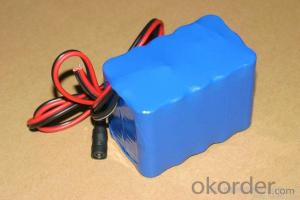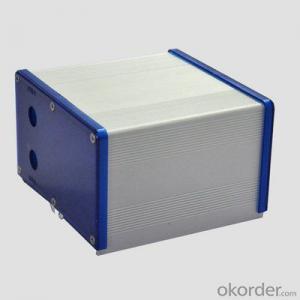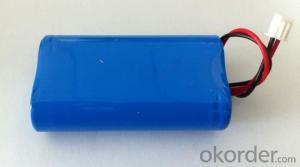Riso Low Solar Inverter
Riso Low Solar Inverter Related Searches
Aurora Solar Inverter Riso Low Solar Inverter Low Price Solar Rooftop Inverter Small Solar Inverter Solar Small Inverter Battery Less Solar Inverter Renovo Solar Inverter Ryobi Solar Inverter Solar Light Inverter Rooftop Solar Inverter Rich Solar Inverter Residential Solar Inverter Small Solar Panel Inverter Refusol Solar Inverter Rssi Solar Inverter Cheap Solar Inverter Cheap Solar Power Inverter Easy Solar Inverter Rec Solar Inverter Lumos Solar Inverter Micro Solar Inverter Japanese Solar Inverter Solar Solar Inverter Sunshine Solar Inverter Solar Mini Inverter Solar Rechargeable Inverter Aps Solar Micro Inverter Solar House Inverter Solar Home Inverter Tesla Solar Roof InverterRiso Low Solar Inverter Supplier & Manufacturer from China
Riso Low Solar Inverter is a range of products designed to optimize the performance of solar energy systems by converting the energy generated by solar panels into usable electricity. These inverters are engineered to handle low voltage inputs efficiently, making them ideal for small-scale solar installations and applications where high efficiency and reliability are paramount. They are known for their compact design, ease of installation, and user-friendly interface, which simplifies the process of monitoring and maintaining solar energy systems.The Riso Low Solar Inverter finds its application in various scenarios, including residential rooftops, commercial buildings, and off-grid solar power systems. It is particularly useful in areas where space is limited or where the available solar panels produce a lower voltage, as the inverter can still function effectively under these conditions. This makes it a versatile choice for a wide range of solar energy projects, from small home installations to larger commercial setups. The inverter's ability to handle low solar input voltages ensures that the system can still generate power even on cloudy days or in low-light conditions, maximizing the return on investment for solar energy users.
Okorder.com is a leading wholesale supplier of Riso Low Solar Inverter products, offering a comprehensive inventory to cater to the needs of various customers. With a large stock of these inverters, Okorder.com ensures that buyers have access to a reliable and efficient solution for their solar energy conversion needs. The company's commitment to providing high-quality products and excellent customer service makes it a trusted source for those looking to invest in solar energy technology. By partnering with Okorder.com, customers can be confident that they are receiving a top-tier product that will enhance the performance and efficiency of their solar energy systems.
Hot Products
